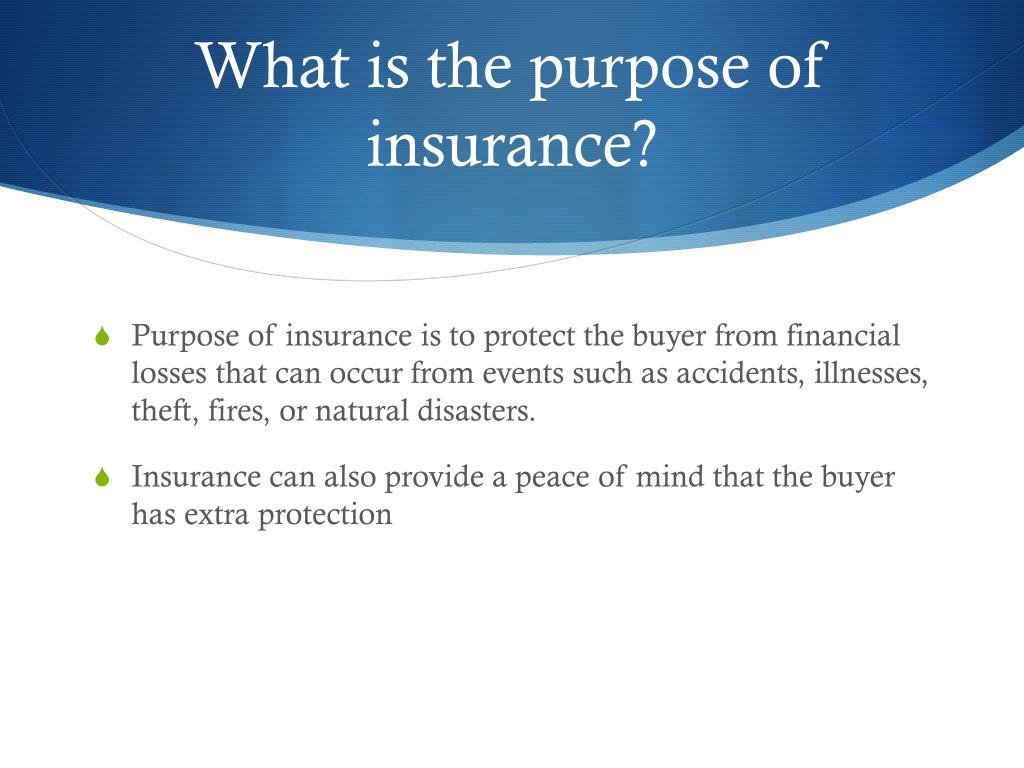Little Known Facts About Pacific Prime.
Table of ContentsPacific Prime Fundamentals ExplainedThe 25-Second Trick For Pacific PrimeUnknown Facts About Pacific PrimeThe Best Strategy To Use For Pacific PrimeHow Pacific Prime can Save You Time, Stress, and Money.
:max_bytes(150000):strip_icc()/how-does-insurance-sector-work.asp-FINAL-1ccff64db9f84b479921c47c008b08c6.png)
This is due to the fact that the information were gathered for a period of solid financial performance. Of the approximated 42 million individuals that were without insurance, just about concerning 420,000 (regarding 1 percent) were under 65 years old, the age at which most Americans become eligible for Medicare; 32 million were grownups in between ages 18 and 65, about 19 percent of all adults in this age; and 10 million were youngsters under 18 years old, concerning 13.9 percent of all kids (Mills, 2000).
These quotes of the number of individuals uninsured are created from the annual March Supplement to the Current Populace Survey (CPS), performed by the Census Bureau. Unless or else noted, nationwide estimates of individuals without medical insurance and percentages of the population with different kinds of coverage are based upon the CPS, one of the most widely made use of source of estimates of insurance coverage and uninsurance rates.
Not known Details About Pacific Prime

Still, the CPS is especially beneficial because it creates annual quotes relatively rapidly, reporting the previous year's insurance policy protection estimates each September, and since it is the basis for a constant set of quotes for more than 20 years, permitting analysis of patterns in protection with time. For these reasons, along with the comprehensive usage of the CPS in various other studies of insurance coverage that exist in this report, we rely on CPS quotes, with limitations kept in mind.

The price quote of the number of uninsured individuals increases when a populace's insurance standing is tracked for several years. Over a three-year period beginning early in 1993, 72 million people, 29 percent of the united state population, were without coverage for a minimum of one month. Within a solitary year (1994 ), 53 million people experienced at least a month without insurance coverage (Bennefield, 1998a)
Six out of every 10 uninsured grownups are themselves utilized. Although working does improve the likelihood that a person and one's family members will have insurance, it is not a guarantee. Even members of households with 2 full time wage income earners have nearly a one-in-ten possibility of being without insurance (9.1 percent without insurance rate) (Hoffman and Pohl, 2000).
The 7-Second Trick For Pacific Prime
New immigrants account for a considerable proportion of individuals without medical insurance. One evaluation has actually associated a significant part of the recent development in the size of the united state uninsured population to immigrants who got here in the nation in between 1994 and 1998 (Camarota and Edwards, 2000). Recent immigrants (those who involved the United States within the past four years) do have a high price of being uninsured (46 additional resources percent), however they and their kids make up just 6 percent of those without insurance coverage country wide (Holahan et al., 2001).
The relationship between medical insurance and access to care is well established, as recorded later in this chapter. Although the connection in between medical insurance and wellness outcomes is neither straight nor simple, a comprehensive clinical and health services research literature links medical insurance protection to improved access to care, much better quality, and enhanced individual and populace health standing.
Levels of analysis for checking out the results of uninsurance. It focuses particularly on those without any health and wellness insurance policy for any type of length of time.
Things about Pacific Prime
The troubles faced by the underinsured remain in some areas comparable to those faced by the without insurance, although they are usually much less extreme. expat insurance. Uninsurance and underinsurance, however, involve distinctly different plan problems, and the approaches for addressing them might differ. Throughout this research and the five reports to adhere to, the primary focus is on persons with no medical insurance and hence no assistance in spending for health and wellness care past what is available via charity and safeguard institutions
Wellness insurance is an effective aspect impacting receipt of treatment since both individuals and doctors reply to the out-of-pocket rate of solutions - https://pacificpr1me.start.page. Health insurance, however, is neither essential neither adequate to obtain accessibility to clinical services. Nonetheless, the independent and straight result of medical insurance protection on accessibility to health and wellness solutions is well developed.
Others will acquire the wellness care they need also without medical insurance, by spending for it out of pocket or seeking it from providers that supply care free or at very subsidized rates. For still others, medical insurance alone does not ensure invoice of treatment due to the fact that of various other nonfinancial obstacles, such as a lack of healthcare carriers in their neighborhood, limited access to transport, illiteracy, or linguistic and social differences.
A Biased View of Pacific Prime
Official research study regarding uninsured populaces in the United States dates to the late 1920s and early 1930s when the Board on the Price of Treatment produced a collection of records about funding doctor office visits and hospital stays. This issue came to be significant as the varieties of clinically indigent climbed up throughout the Great Clinical depression.